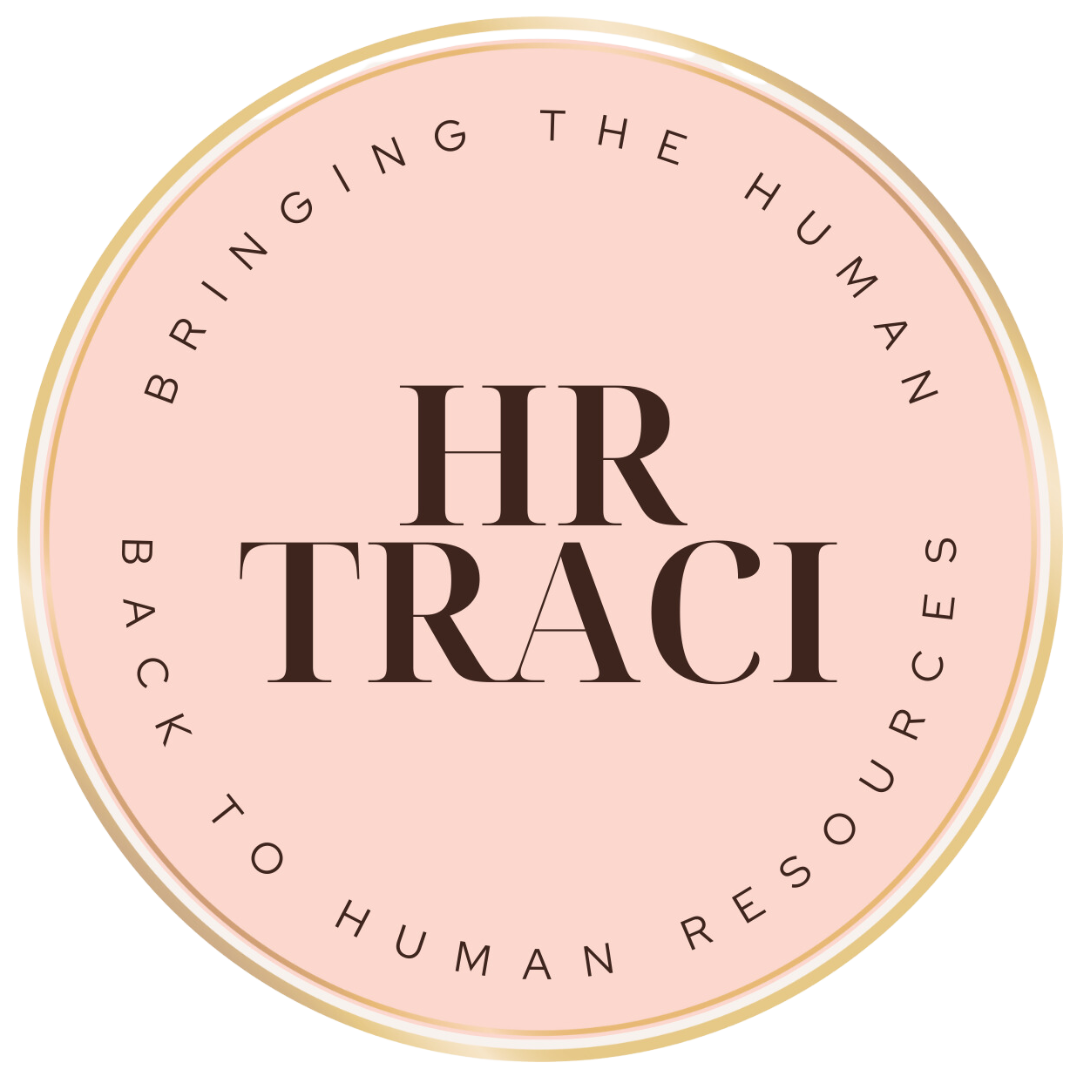Your October Policy Pulse: Four HR Landmines You Can't Afford to Miss
When compliance gets complicated fast
Ever get a call from payroll asking if emergency pay counts toward overtime?
Ever see a job posting and wonder how that company thought a $400,000 pay range was acceptable?
Do you worry about what happens when the Supreme Court decides cases that could reshape the NLRB and EEOC overnight?
October brought four major policy updates that could blow up in your face if you're not paying attention.
Emergency pay calculations just changed. A staffing firm is being sued for the dumbest discrimination case you'll hear all year. California's pay transparency law got teeth. And the Supreme Court is hearing cases that could reshape federal agencies.
This month's pulse check isn't optional.
(00:01) The Overtime Calculation That Just Changed
The Department of Labor just dropped a new opinion letter about emergency pay.
And it's going to complicate your payroll.
A city paid firefighters a 50% premium during emergencies. Base rate plus emergency bump. Overtime calculated on the base rate. Simple, right?
Not anymore.
The DOL ruled that if the policy guarantees the premium in advance, it's not discretionary. That means it has to be counted in the regular rate of pay for overtime calculations.
Your base pay just became a moving target. Hazard pay, shift differentials, emergency premiums—all of it now affects the overtime rate.
Even if you outsource payroll, the liability still sits with you. Software can handle the math. But you need to verify it's doing it right.
(01:56) The Male-Only Job Posting That Went Exactly How You'd Expect
A South Carolina staffing firm honored a client's request: Males only for laborer positions.
The EEOC didn't wait for an employee complaint. The commissioner saw it and filed charges themselves.
Double liability: The staffing agency can be sued. The client can be sued. And it's all over something HR 101 should've caught.
How many people looked at "males only" and thought it was fine?
Training matters. Documentation matters. Knowing when to say no to a client matters even more.
The exceptions for gender-based hiring are razor thin. And this case proves what happens when you ignore that.
(22:03) California's Pay Transparency Law Just Got Specific
Senate Bill 642 takes effect January 1st, 2026.
The requirement: Post a "good faith pay range" that reflects what you actually expect to pay. Not $100,000 to $500,000. The actual range.
The twist: Wages now include bonuses, stock options, supplemental pay, allowances, and benefits. If you're advertising total comp, you need to break it down.
The exposure: Three-year statute of limitations for Equal Pay Act claims. That's up to six years of violations you could be liable for.
Remote work means this applies to you even if you're not based in California. Your job posting is being seen there. You need to comply.
Some questions won't get answered until courts weigh in. What's a reasonable range for performance bonuses? Do unvested stock options count?
But the direction is clear. Vague ranges aren't going to cut it anymore.
(25:02) Supreme Court Cases That Could Reshape Everything
The Supreme Court's 2025-2026 term includes cases that could dramatically alter workplace regulation.
Trump v. Slaughter challenges whether presidents can remove members of independent agencies without cause.
Right now, you need cause to remove someone from the NLRB or EEOC. This case wants to overturn the 1935 precedent that protects them.
If it falls? Labor law priorities could shift every four years. The EEOC could be rebuilt with entirely different leadership. Wage and hour regulations could swing wildly based on who's in office.
Other cases on the docket: Transgender athlete bans. Union pension liability. ERISA fiduciary responsibilities.
There's so much in play that massive fiduciary issues are secondary concerns.
Some states will try to fill the gap. California, New York, Washington, Illinois—they'll create their own stability if federal agencies become unpredictable.
But that just means more complexity. More jurisdictional headaches. More compliance layers to navigate.
So Where Does This Leave You?
These aren't updates you can ignore.
Emergency pay calculations are affecting payroll right now. Pay transparency laws take effect in two months. Supreme Court decisions could land any day.
But here's the thing: Small changes in how you verify calculations, train recruiters, and structure pay ranges make a massive difference.
The compliance landscape keeps shifting. But staying informed means you're not scrambling when the next change hits.
Contact Traci: Questions about these policy changes? Connect at https://linktr.ee/HRTraci
Disclaimer: Thoughts, opinions, and statements made on this podcast are not a reflection of the thoughts, opinions, and statements of the Company by whom Traci Chernoff is actively employed.
Please note that this episode may contain paid endorsements and advertisements for products or services. Individuals on the show may have a direct or indirect financial interest in products or services referred to in this episode.
